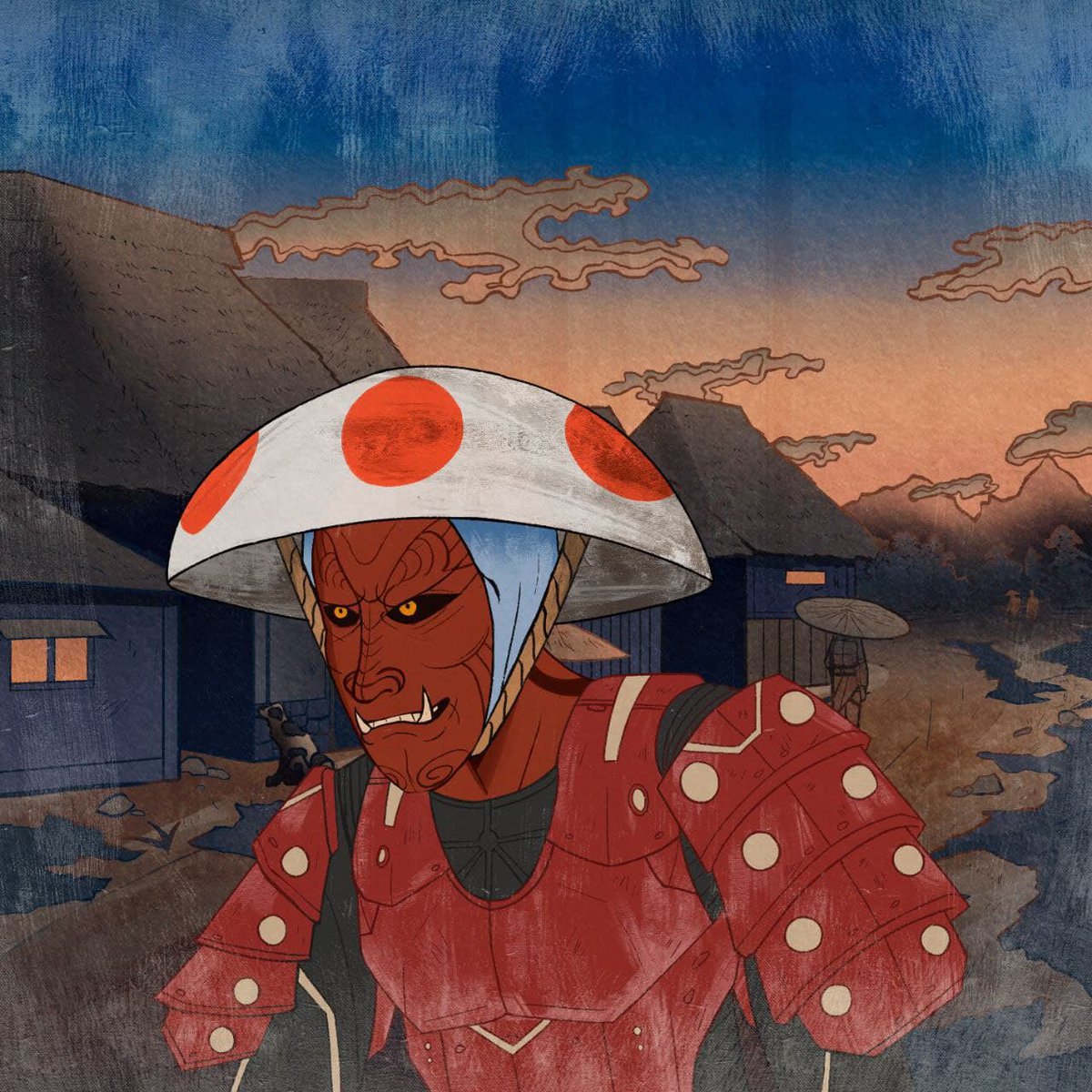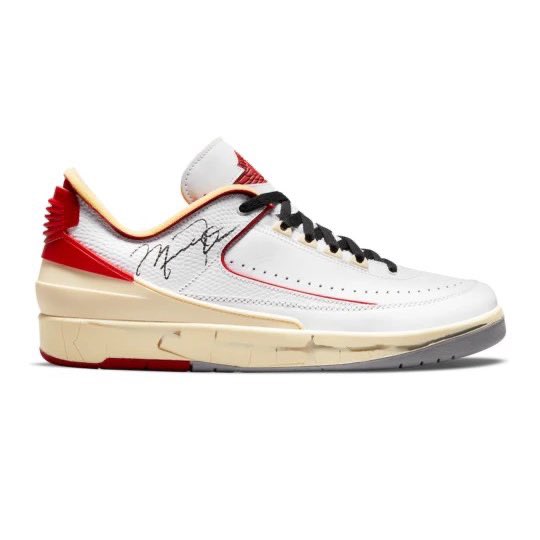So here’s the deal, folks. You’re all set for a day out, wearing your favorite new kicks, but suddenly—bam!—you feel this burning sensation on your foot. It’s not just discomfort; it’s pure agony. Shoe burn, as it’s commonly known, is one of those sneaky little problems that can ruin even the best-laid plans. Shoe burn happens when friction between your foot and shoe creates irritation, often leading to painful blisters or raw skin. But don’t worry, we’ve got you covered. In this article, we’ll dive deep into what causes shoe burn, how to prevent it, and most importantly, how to treat it when it strikes. Let’s get started, shall we?
Now, before we go any further, let’s talk about why shoe burn matters so much. For some, it might seem like a minor issue, but trust me, once you’ve experienced it, you’ll understand why it’s worth paying attention to. Whether you’re an athlete, a fashion enthusiast, or just someone who spends a lot of time on their feet, understanding shoe burn can make all the difference in keeping your feet happy and healthy.
Lastly, this isn’t just another random blog post. We’ve done our homework, consulted experts, and pulled together actionable tips and tricks to help you conquer shoe burn once and for all. So grab a cup of coffee, sit back, and let’s break it down step by step. Ready? Let’s roll!
Read also:Create An Oc Challenge Based On You Unleash Your Inner Creator
What Exactly Is Shoe Burn?
Alright, let’s get down to brass tacks. Shoe burn is essentially friction gone wild. When your foot moves inside your shoe, it creates friction, and if that friction isn’t managed properly, it leads to irritation, redness, and eventually, those dreaded blisters. Think of it like rubbing your hands together really fast—it gets hot, right? Same thing happens with your feet, except instead of warmth, you end up with raw, painful skin.
Common Causes of Shoe Burn
There are several reasons why shoe burn happens, and it’s not always because of the shoes themselves. Here are some of the top culprits:
- Ill-fitting shoes: Shoes that are too tight or too loose can both cause friction issues.
- Worn-out soles: Over time, the soles of your shoes can wear down, reducing their ability to cushion and protect your feet.
- Moisture buildup: Sweaty feet create the perfect environment for friction to thrive.
- Improper lacing: Lacing your shoes too tightly or loosely can lead to unnecessary movement inside the shoe.
See, it’s not just about the shoes themselves—it’s about how they interact with your feet and the conditions they’re in. Understanding these factors is key to preventing shoe burn in the first place.
How to Prevent Shoe Burn
Prevention is always better than cure, and when it comes to shoe burn, there are plenty of ways to stop it from happening. Let’s take a look at some effective strategies:
Choose the Right Shoes
Investing in quality footwear is one of the best ways to avoid shoe burn. Look for shoes that fit well, provide adequate cushioning, and are made from breathable materials. Sure, those super cute high heels might look great, but if they’re pinching your toes, they’re not worth it. Remember, comfort should always come first.
Break in Your Shoes
Ever bought a new pair of shoes and immediately worn them out for a full day? Yeah, that’s a recipe for disaster. Breaking in your shoes gradually allows them to mold to the shape of your feet, reducing friction and increasing comfort. Try wearing them around the house for short periods before taking them out for a spin.
Read also:Never Trust Someone Who Is Friends With Your Enemy Quotes Unlocking The Depths Of Betrayal And Trust
Use Moisture-Wicking Socks
Moisture is a major contributor to shoe burn, so opting for socks that wick sweat away from your skin can make a huge difference. Merino wool or synthetic blends are great options for keeping your feet dry and comfortable.
Understanding the Science Behind Shoe Burn
Here’s where things get a little nerdy, but stick with me because this stuff is fascinating. Shoe burn occurs due to a combination of factors, including pressure, heat, and moisture. When these elements come together, they create the perfect storm for friction-related injuries. Studies have shown that even small increases in temperature and humidity within a shoe can significantly raise the risk of shoe burn.
Friction and Its Role in Shoe Burn
Friction is the main villain in the shoe burn saga. When your foot moves inside your shoe, it creates friction against the material, which can lead to irritation and damage over time. The amount of friction depends on several factors, including the type of material your shoes are made from, the fit of the shoe, and the moisture levels inside.
For example, leather shoes tend to produce less friction than synthetic materials because they’re smoother and more flexible. However, if your leather shoes are too tight, they can still cause issues. It’s all about finding the right balance.
Shoe Burn vs. Blisters: What’s the Difference?
Let’s clear up a common misconception right off the bat. While shoe burn and blisters are closely related, they’re not exactly the same thing. Shoe burn refers to the overall irritation and redness caused by friction, while blisters are actual fluid-filled sacs that form as a result of prolonged rubbing. Think of shoe burn as the precursor to blisters—if left untreated, it can escalate into something much worse.
Signs You’re Experiencing Shoe Burn
Knowing the signs of shoe burn can help you take action before it becomes a bigger problem. Look out for:
- Redness or irritation on your feet
- A burning sensation while walking
- Swelling or tenderness in specific areas
- Small tears or abrasions on the skin
If you notice any of these symptoms, it’s time to take a break and give your feet some TLC.
Treatment Options for Shoe Burn
So, you’ve fallen victim to shoe burn. Don’t panic—there are plenty of ways to treat it and get back on your feet (literally). Here’s what you need to do:
Rest and Recovery
First and foremost, give your feet a rest. Continuing to wear the offending shoes will only make things worse. Elevate your feet, apply a cold compress to reduce swelling, and let your skin heal.
Apply a Barrier Cream
Barrier creams or ointments can help protect your skin from further irritation. Products like petroleum jelly or specialized blister creams create a protective layer that reduces friction and promotes healing.
Consider Over-the-Counter Pain Relief
If the pain is unbearable, over-the-counter pain relievers like ibuprofen or acetaminophen can provide temporary relief. Just be sure to follow the recommended dosage guidelines.
Shoe Burn Prevention Products
There’s a whole world of products designed to prevent shoe burn, from insoles to anti-friction sprays. Here are a few worth checking out:
Orthotic Insoles
Orthotic insoles can provide additional cushioning and support, reducing friction and pressure on your feet. They’re especially useful for people with flat feet or other foot conditions.
Anti-Friction Sprays
Anti-friction sprays work by creating a slippery barrier between your skin and your shoes, minimizing friction and preventing irritation. Simply spray them on your feet or inside your shoes before heading out.
Expert Tips for Long-Term Foot Care
Preventing shoe burn isn’t just about quick fixes—it’s about adopting healthy habits that keep your feet happy and healthy in the long run. Here are some expert-approved tips:
Regularly Replace Your Shoes
Worn-out shoes are a major culprit when it comes to shoe burn. Make it a habit to replace your shoes every 300-500 miles, or sooner if you notice signs of wear and tear.
Practice Good Foot Hygiene
Keeping your feet clean and dry is crucial for preventing shoe burn. Wash your feet daily, dry them thoroughly, and apply moisturizer to prevent dry, cracked skin.
Shoe Burn and Athletic Performance
For athletes, shoe burn can be a serious obstacle to peak performance. Whether you’re running, hiking, or playing sports, the right footwear can make all the difference. Here are some tips for athletes:
Invest in Sport-Specific Shoes
Each sport has its own unique demands, so investing in shoes specifically designed for your activity can help reduce the risk of shoe burn. Look for features like extra cushioning, breathability, and arch support.
Use Compression Socks
Compression socks can improve circulation and reduce swelling, making them a great option for athletes prone to shoe burn. They also help keep your feet cool and dry during intense workouts.
Conclusion: Say Goodbye to Shoe Burn
And there you have it, folks—a comprehensive guide to understanding, preventing, and treating shoe burn. Whether you’re a weekend warrior or a fashionista, taking care of your feet is essential for living your best life. By following the tips and strategies outlined in this article, you can say goodbye to shoe burn and hello to happy, healthy feet.
So what are you waiting for? Share this article with your friends, leave a comment below, and let us know how you tackle shoe burn. Together, we can make the world a more comfortable place, one step at a time.
Table of Contents
- What Exactly Is Shoe Burn?
- Common Causes of Shoe Burn
- How to Prevent Shoe Burn
- Understanding the Science Behind Shoe Burn
- Shoe Burn vs. Blisters: What’s the Difference?
- Treatment Options for Shoe Burn
- Shoe Burn Prevention Products
- Expert Tips for Long-Term Foot Care
- Shoe Burn and Athletic Performance
- Conclusion: Say Goodbye to Shoe Burn


